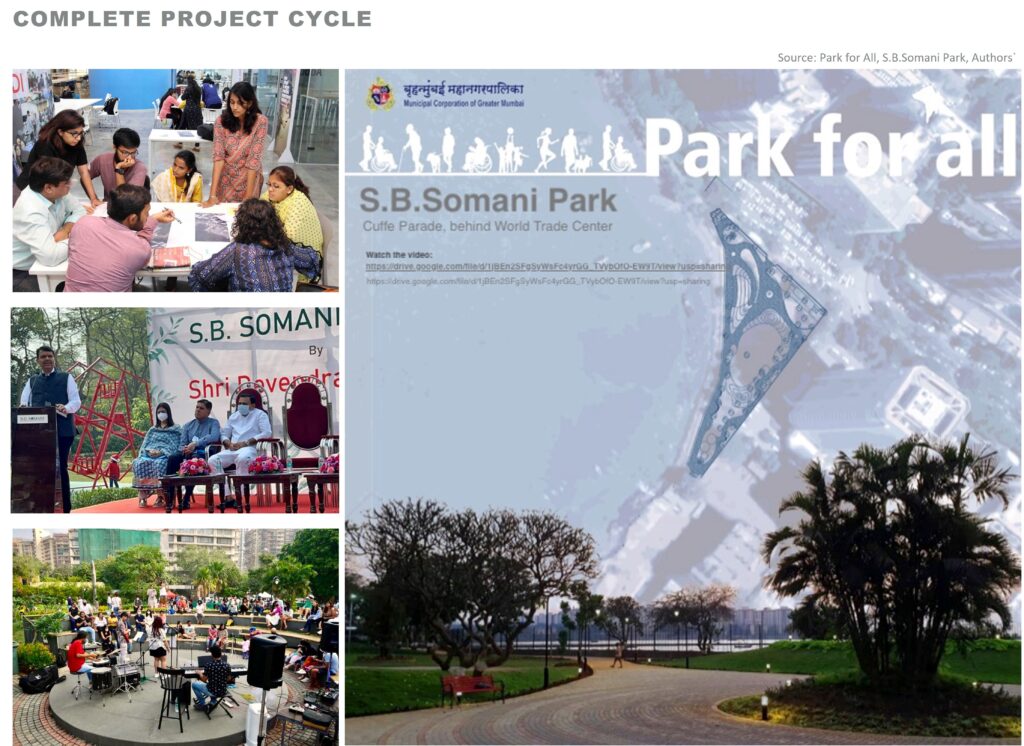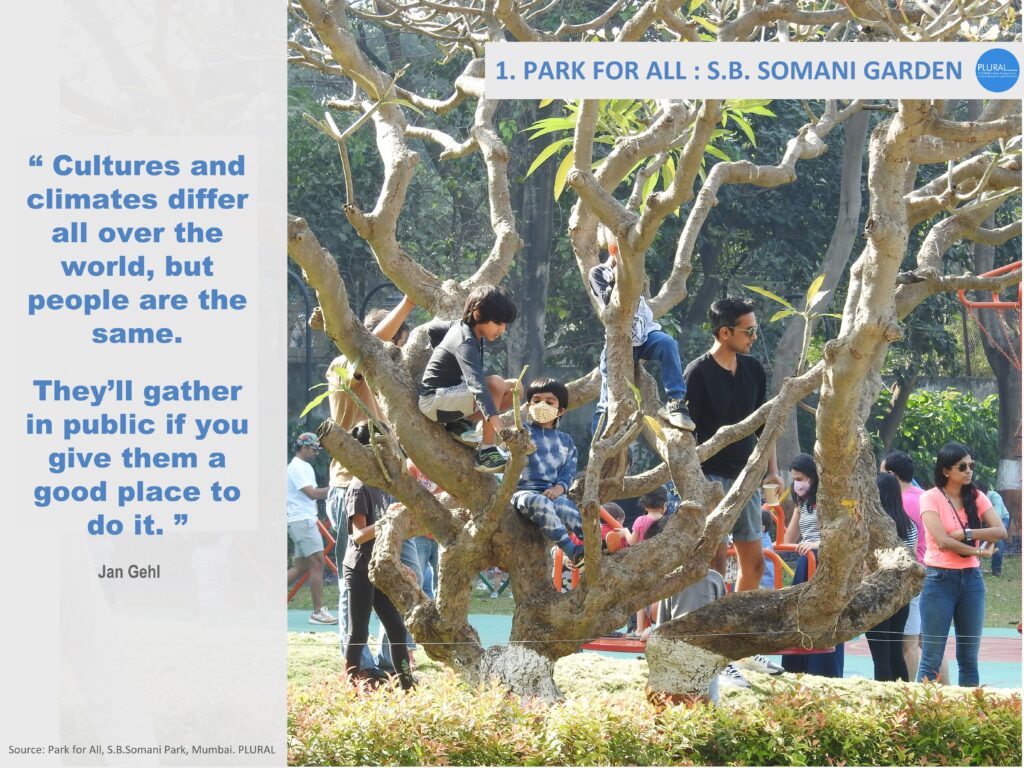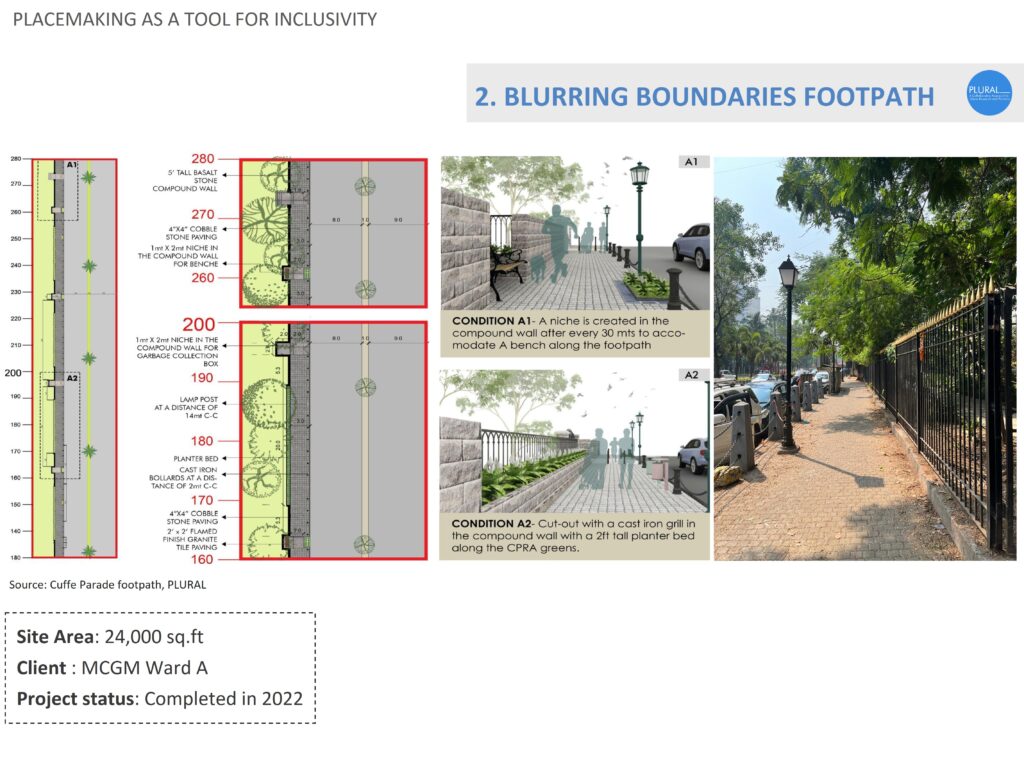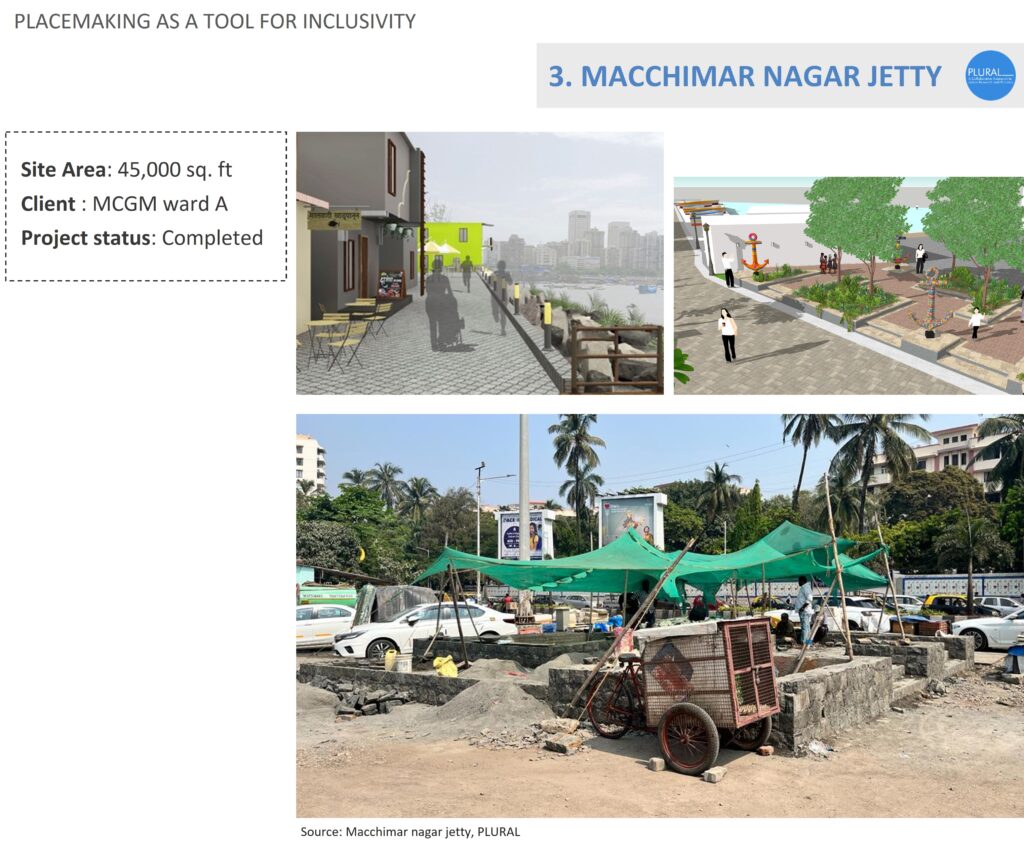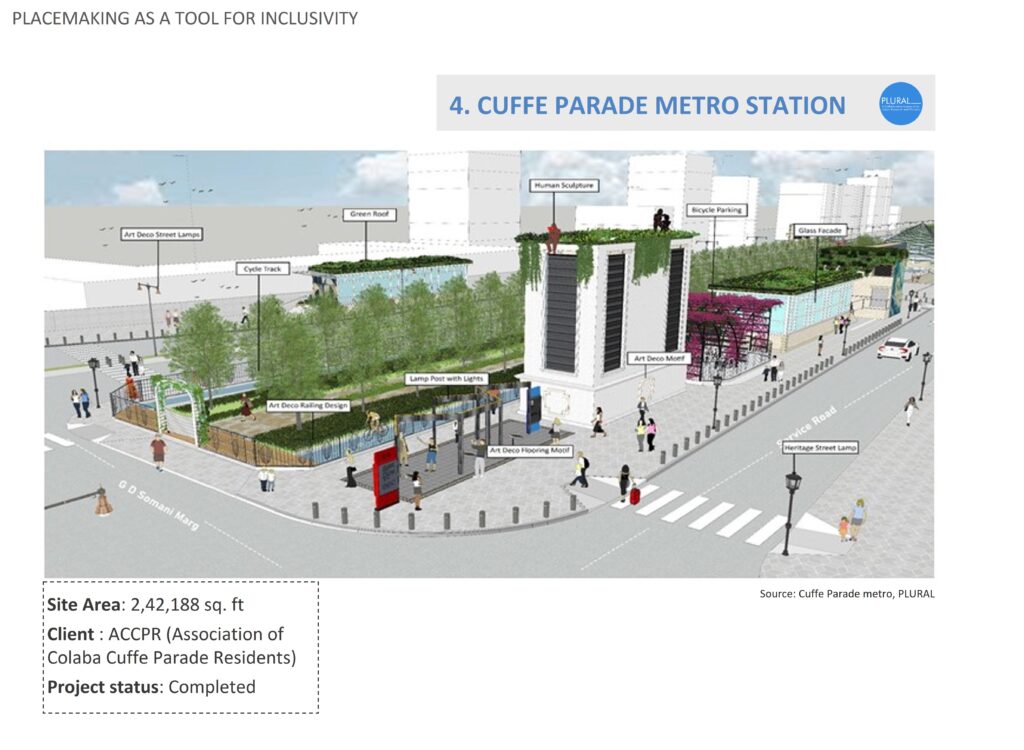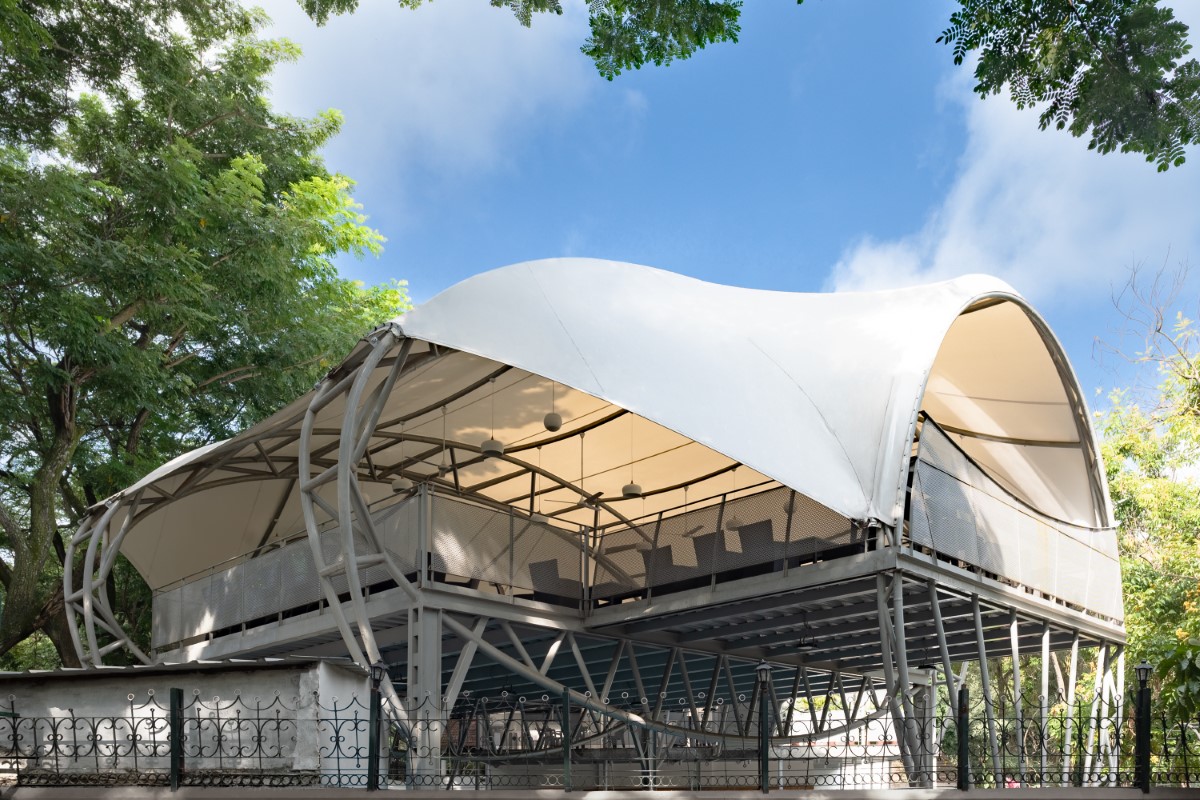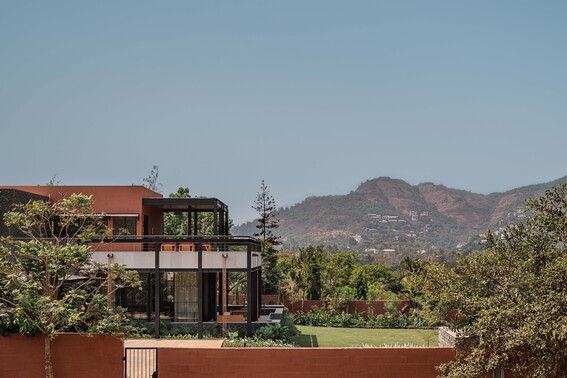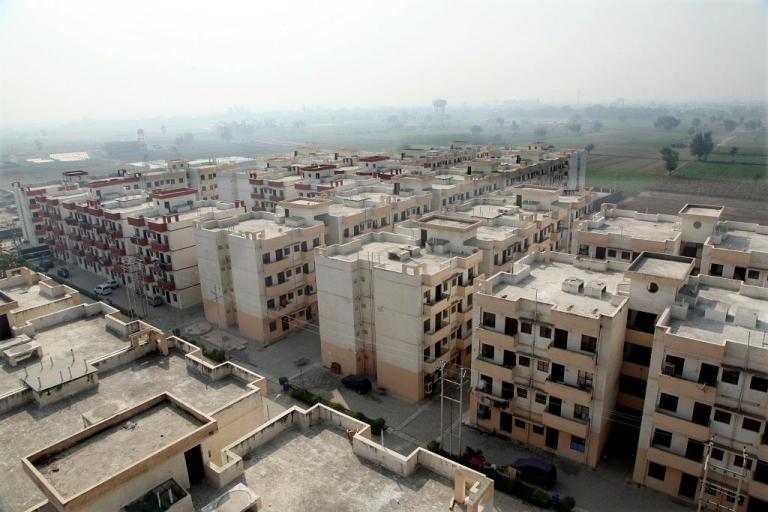Parks for All
S. B. Somani Park, Cuffe Parade, Mumbai
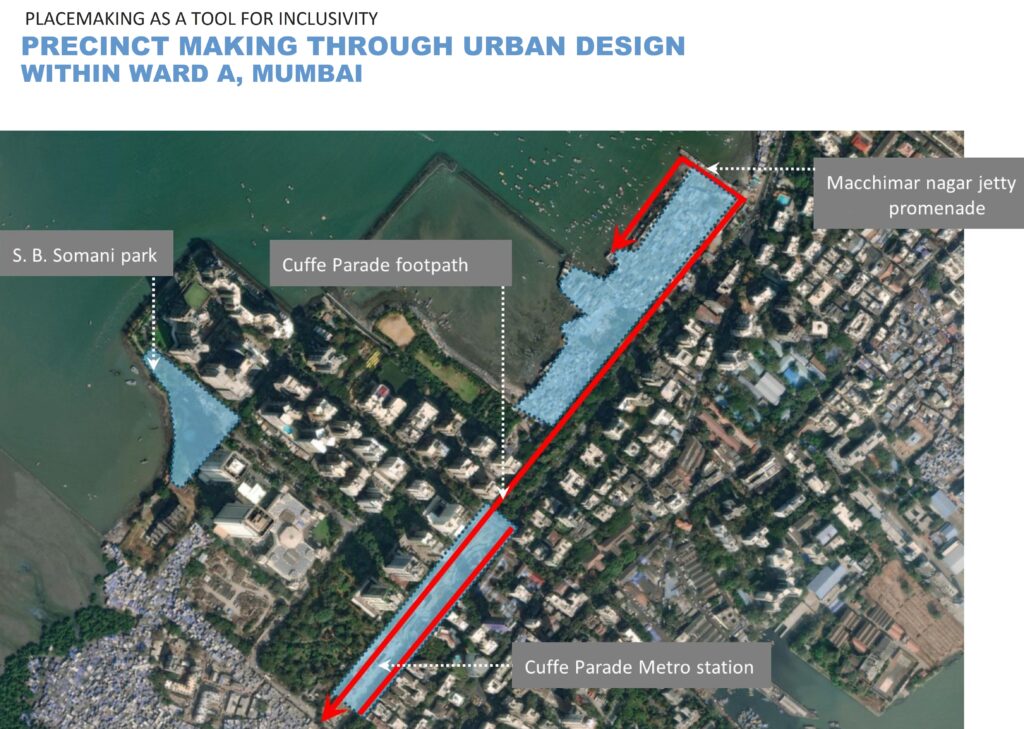
In a city like Mumbai, being able to afford a piece of land is an ambition for many, but being able to afford a piece of open sky above is a dream few people experience. As 20,500 (Census of India, 2011) people jostle for space per sq. km. of Mumbai, the city has managed to give back a measly 1.24 sq. m. per person of open space, equivalent to slightly more than three times the page spread of your favourite Indian morning newspaper. In the Park for All project, Plural team identified an underutilised, rarely used public open space in the neighbourhood of Cuffe Parade in Mumbai and took up the challenge to revive it with place-making strategies. Moving away from the paradigms of mindless beautification, Plural team took up the process of community-led design process to revive the open space for all.
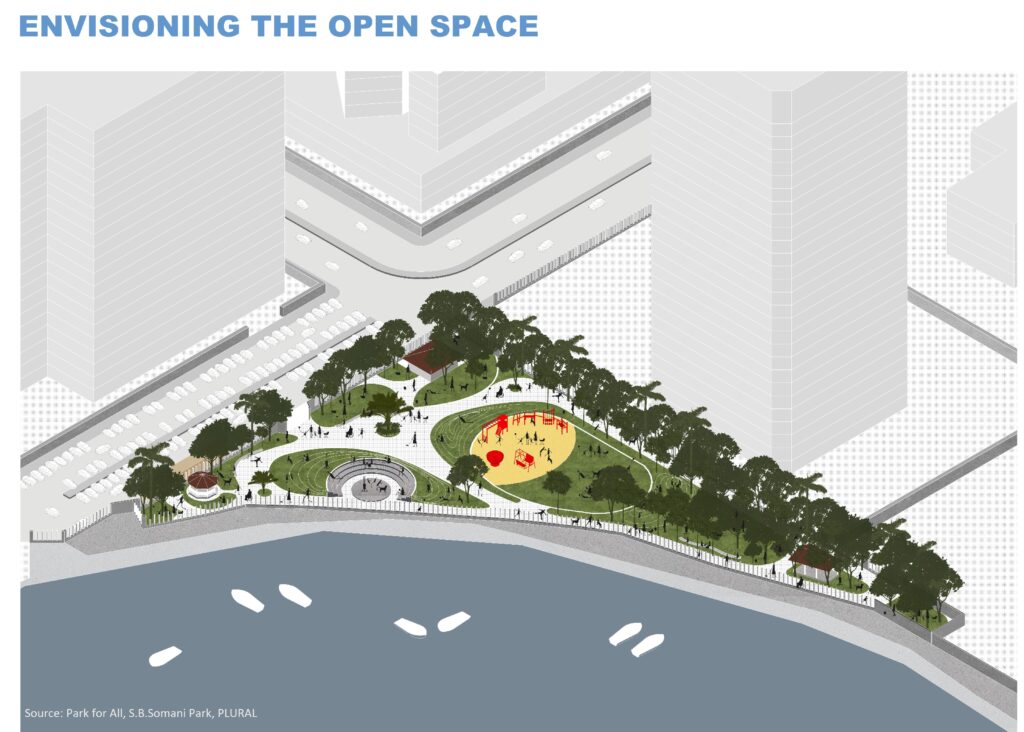
Articulating the Thresholds
This piece of land, triangular in shape was flanked on one side by the iconic World Trade Centre and an abandoned half-constructed building site on the west by the Arabian Sea; on the south it shared its edge with a slum and on the north was a street that culminated in a dead end. This end of the street was used as a parking lot. All in all, there was not much activity around it and the land was being abused as a defecating ground and drug peddler’s haven. However, it had a great potential to be a melting pot for the varied economic groups that lived in the area.
Community Engagement and Design Thinking:
Design Thinking process, along with different stakeholders, was an exercise to understand various needs and aspirations, redefine problems, challenge assumptions and work towards collaborative and innovative solutions. This iterative process became critical to create a sense of ownership for the space. Translations of the outcomes of the interactions lead to place-making by appropriating
the spaces within the park for specific spatial requirements.
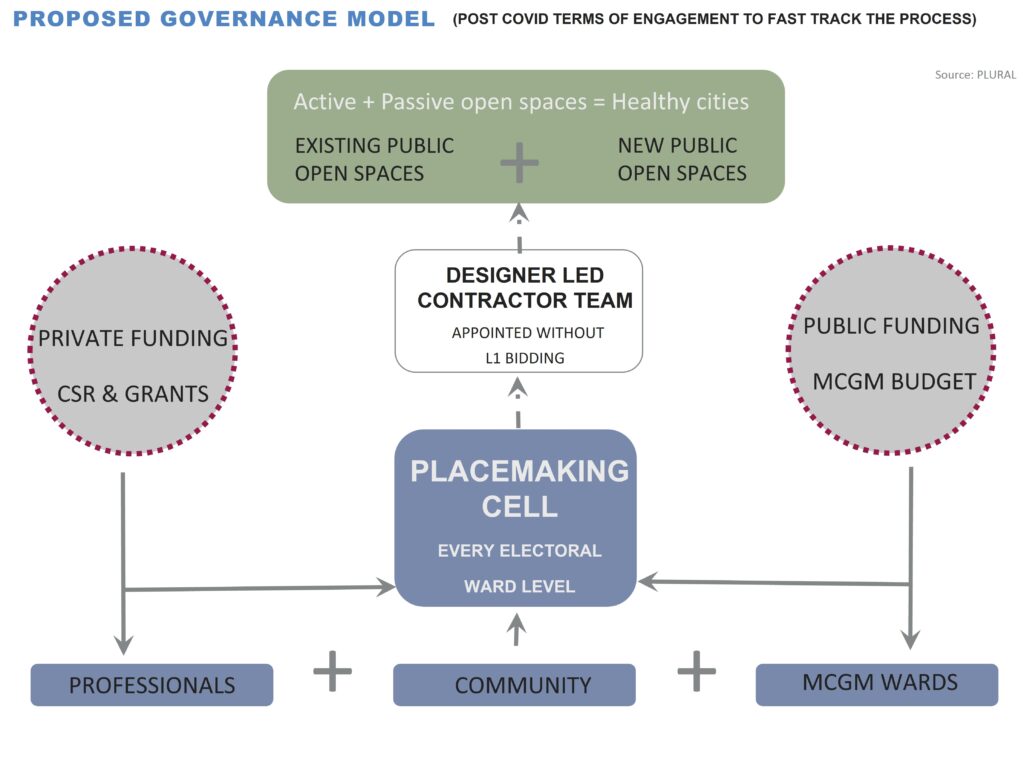
Some of the findings of this process is outlined here.
Drivers wanted seating spaces and a napping area during lunch hours.
Informal settlements are well organized through their women. Based on interactions a well-lit space and space for selling pre-cooked food and crafts was Precinct making through Urban Design within Ward A, Mumbaiemanded
The youth wanted spaces to gather as a group and a performance space to create reels. Covered study spaces during monsoons was another ask.
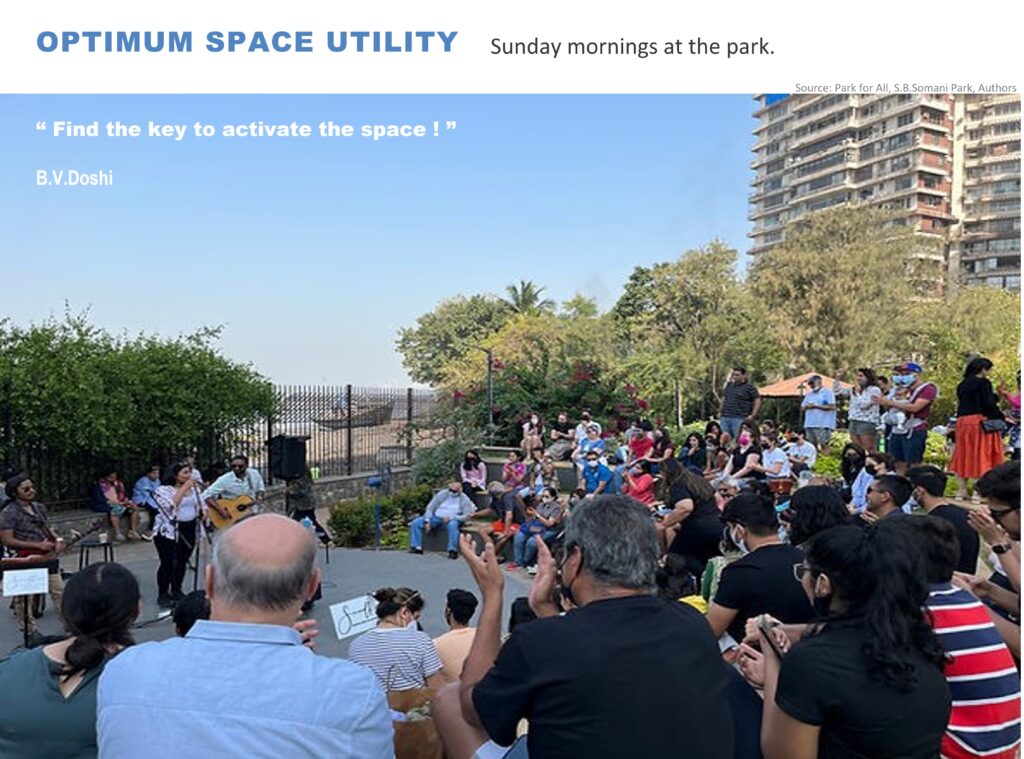
Originally known as Dharya Garden, S.B. Somani Park is designed as a park for all. Infants in prams to specially-abled in wheelchairs use the fitness ring in the park that is designed to be at the same level as the pavement. A sunken sea-facing amphitheatre with a built-in stage doubles up for performances and open classrooms used extensively by the children from high rises as well as the slums. A modern seating system and a gazebo surrounded with plantation allow users to unwind and appreciate the view of the setting sun overlooking the Arabian Sea.
Here, one has the luxury of practicing yoga by the bay in the yoga pavilion. The yoga pavilion is a covered space that can be used throughout the year for various purposes. A tree-lined fitness trail welcomes health enthusiasts to meet their daily step counts while the adult outdoor gym sets challenging goals for the more dedicated ones.
Located in the centre of the park is the kids play zone with a guiding game trail connecting play equipment and traditional floor games like hop scotch. Leaving no one behind, the park also has a special area for dogs. Wet waste is converted into compost within the garden, and consumed. The park today has withstood Covid times bringing a breath of oxygenated air especially to the nearby slum dwellers. This space will hopefully merge social silos and encourage exchange of cultures. There is a need of repeating this success story of place making in all wards of Mumbai. This social experiment generated a Template of Engagement (TOE) so that many such defunct, abandoned and underutilised pockets in the city can be identified and designed for better utility by multiple stakeholders and bridge the amenities gap.
TOE facilitates public participation through direct engagement with affected stakeholders, urban professions, NGOs and CSR verticals of business houses with elected representatives and government departments to bring about a visible change in the urban landscape at the neighbourhood scale and sensitise citizens with experiential outcomes. Local bodies have limited funds to support design thinking, conceptualisation of spaces and project detailing for their better utility. Issues like inclusive community building, access for all, women’s safety, child friendly design, reducing the heat island effect and creating a sense of belonging and ownership towards the space are rarely addressed. Mindless beautification schemes are superficial and reduce the utility of the space.
